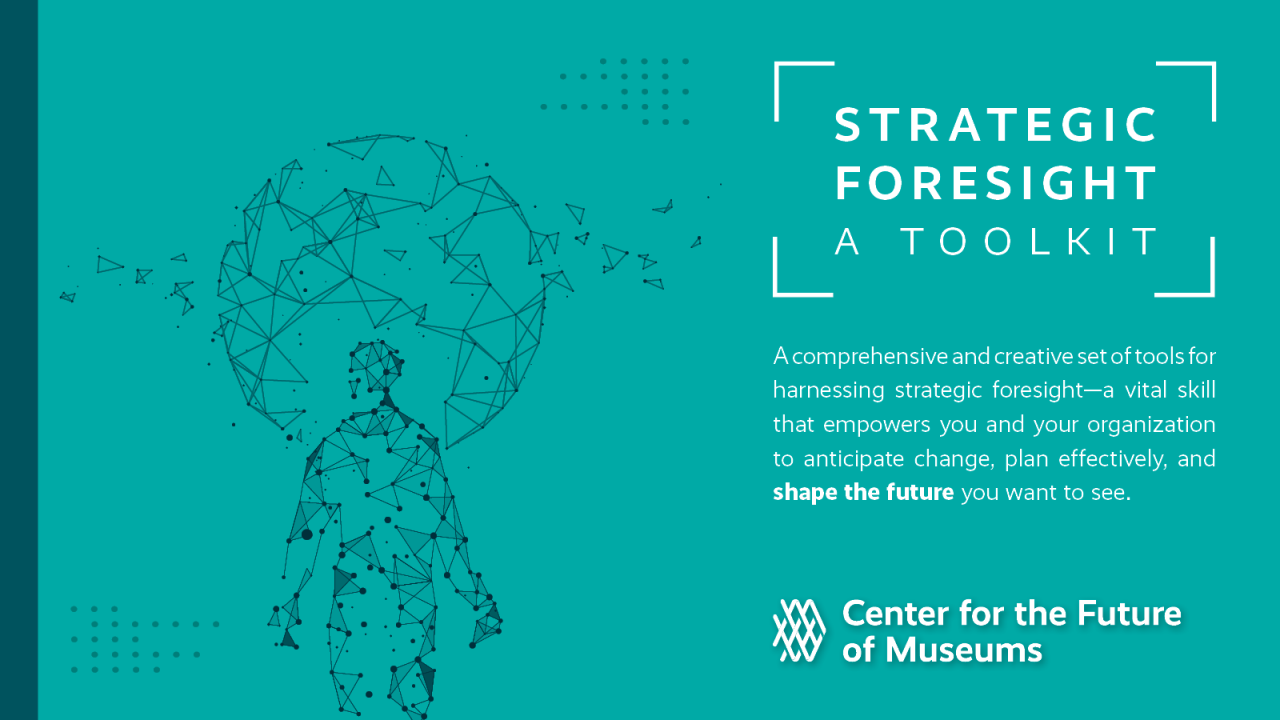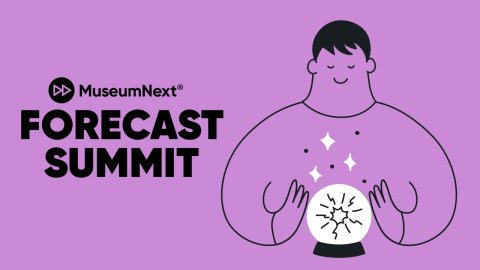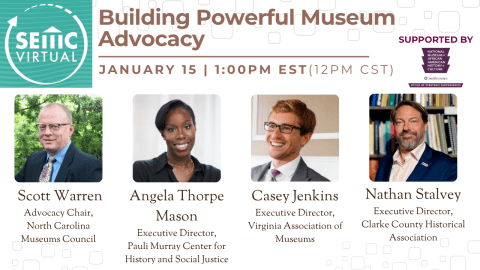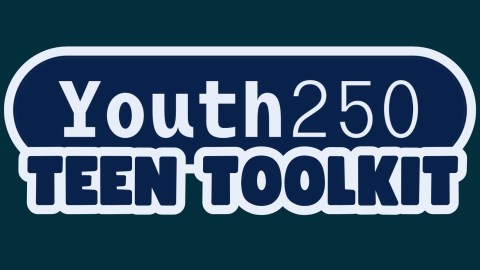
Check it out. I made something for you ↑
I’ve been teaching strategic foresight to museum people for fourteen years now, travelling around the country to give talks and lead workshops, brainstorming, and team-building exercises at museums and conferences. For the past two years, of course, I’ve had to reinvent these engagements for remote platforms. (Love the chat feature, hate not seeing folks in person.) By my estimate, since CFM launched in 2008, I’ve delivered 134 engagements, reaching over 3,000 people.
On one hand, that sounds like a lot. Especially when I think of the time it takes to prepare and deliver even one of these presentations (and the air miles, with attendant carbon guilt). On the other, it seems far too few to advance CFM’s goal of making every museum person “a little bit of a futurist.”
So my pandemic project has been to transform the content developed for these roadshows into something that people could use themselves, for their own professional development, for their staff and colleagues, and as tools for planning in their organizations. Some friends of CFM volunteered as test drivers—trying out exercises with their staff and board, reporting back on what worked well and what needed to be tweaked. I also borrowed from the best, incorporating material generously shared by futurist colleagues.
The result is CFM’s latest publication, Strategic Foresight: A Toolkit. It’s my attempt to bypass the need for an instructor and put the resources for training directly into the hands of individuals and organizations.
The toolkit consists of:
- A text that provides an overview of strategic foresight, an introduction to four foresight practices (scanning, implications, backcasting, and scenarios) as instructions for games and exercises.
- Eight slide decks to guide individuals or groups through the foresight exercises
- Six worksheets to complement the assignments
- Materials to support foresight games
- Two sets of scenarios
It covers four foundational skills that lay the groundwork for foresight planning:
- Scanning: monitoring and mining sources of information on forces of change.
- Exploring implications: to understand the significance of the information surfaced in scanning.
- Backcasting: to reverse engineer a desired future.
- Scenarios: constructing sets of potential futures to guide planning.
Developing the toolkit in pandemic times, I was hyperaware of the need to provide respite and relief, so I focused on making the exercises fun, playful, and a little irreverent. Realizing time has become an even scarcer resource, I included exercises that can be done in as few as 10 minutes, scaled to a one hour meeting, or used as building blocks for longer arcs of training.
I’m confident that this bundle of materials will equip users to go it on their own. However, I would be delighted to provide a “power assist” by leading exercises and workshops at your museum or conference. I’ll be presenting one such workshop at #AAM2022 in Boston, come May. You can book other engagements through the Alliance Advisors and Speakers Bureau.
The toolkit, priced at $50 for AAM members, and $60 for nonmembers, is available through the AAM Bookstore. Please drop me a note at emerritt (at) aam-us.org to let me know how you are using it at your museum, in your teaching, or for your own professional training.
Warmest regards from the future,
Elizabeth








